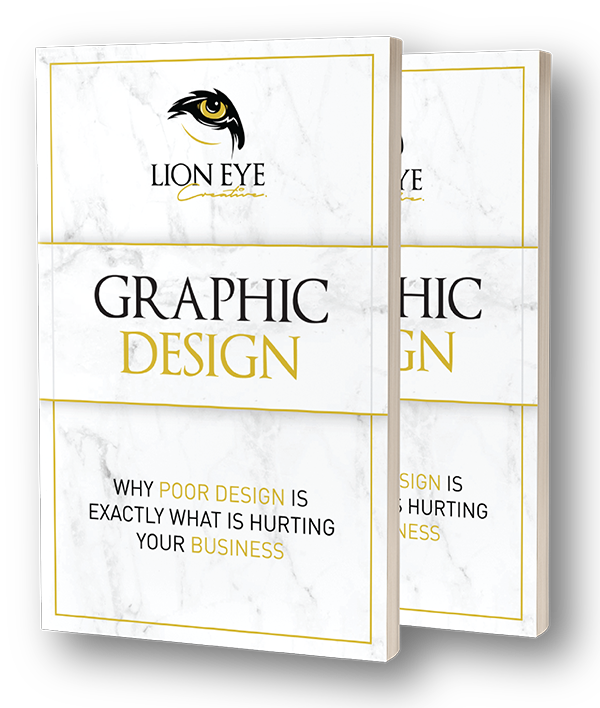
principles of graphic design: composition
In graphic design, the composition is essential because it is where all the different elements come together to form a cohesive design.
You can be an excellent, experienced, and skilled graphic designer who can create the most beautiful graphic elements in this world. However, if your design composition is working well together, all of your efforts may go out the window.
An amazing graphic design composition is created in a way that not only looks aesthetically good but also effective and highly functional. In addition, as a designer, you should have aligned, arranged, compiled, and distributed your design strongly.
You graphic design composition goals should be able to tell a story, deliver your message visually, create an impact, and purposely
Now, let’s discuss some rules of graphic design composition:
1. Find your focal point
One of the key elements for having an excellent graphic design composition is a strong focal point — this helps your audience set their eyes on the essential pieces of your design. Whenever you choose your focal point always keep in mind that communication is an essential factor.
Whether you’re communicating an idea, sharing information, or expressing your emotion — your design is how you tell your story. So make sure that you choose a focal point that helps you tell your story in the most effective way.
2. Scale and Visual Hierarchy
These two are considered as some of the most creative fundamentals that can make or break your design. That’s why it is important to have a good grasp of them to come up with a successful design composition.
To help you understand more about visual hierarchy, it is the arrangement of elements in order to come up with a visually understandable in your design. Therefore, making the more important elements bolder and bigger compared to the less important ones is what makes a visual hierarchy works.
Scale, on the other hand, is used to help communicate hierarchy by drawing your audiences’ attention toward or away from certain elements — thus, signifying their importance to your design communication.
3. Balancing out your elements
Learning balance is one of the most essential things in graphic design composition. How do we create a balance? There are two types of balance, such as:
Symmetrical balance – balances your design with the use of symmetry by reflecting some design elements from top to bottom, left to right.
Asymmetrical balance – this is a more common type of balance. It creates balance without symmetry — a good technique to use for creating an excellent asymmetrical balance is thinking of each element as having a weight to it. Smaller objects weigh less compared to larger ones.
4. Using elements that complement each other
Taking time to carefully select each element of your design is what will make it successful and effective — by doing this your elements would complement each other. However, one of the most common errors graphic designers make is using images that don’t complement each other. Therefore, it is wise to always make sure that your images all look effective and cohesive when grouped together.
An excellent tip is using the images from the same photoshoot to ensure that they are all cohesive because they were all taken from the same style and art direction. Another is by making sure that your photos have the same colors by using image adjusting tools to come up with complementary color palettes.
5. Using the right contrast in your design
Utilizing contrast is one of the most effective tools in hiding or highlighting elements in your design. You can have some of your elements stand out and draw more attention to them. Likewise, lowering some elements helps them fade into the background. Contrast can also create meaning in your design when adjusting focus toward an element or away from it.
Conclusion
You can try to mentally break down your design elements to come up with a better structure. There are numerous things to consider when putting together the elements of your graphic design composition. It is normal to not get this right the first time, especially when you are a beginner — effort, time, practice, learning, and making adjustments like moving things around and resizing elements can make you a good graphic designer.
For more information on the principles of graphic design composition, download our Graphic Design ebook.

If you have more questions or are looking for a professional to help you understand graphic design composition, talk to one of our graphic design specialists now!



